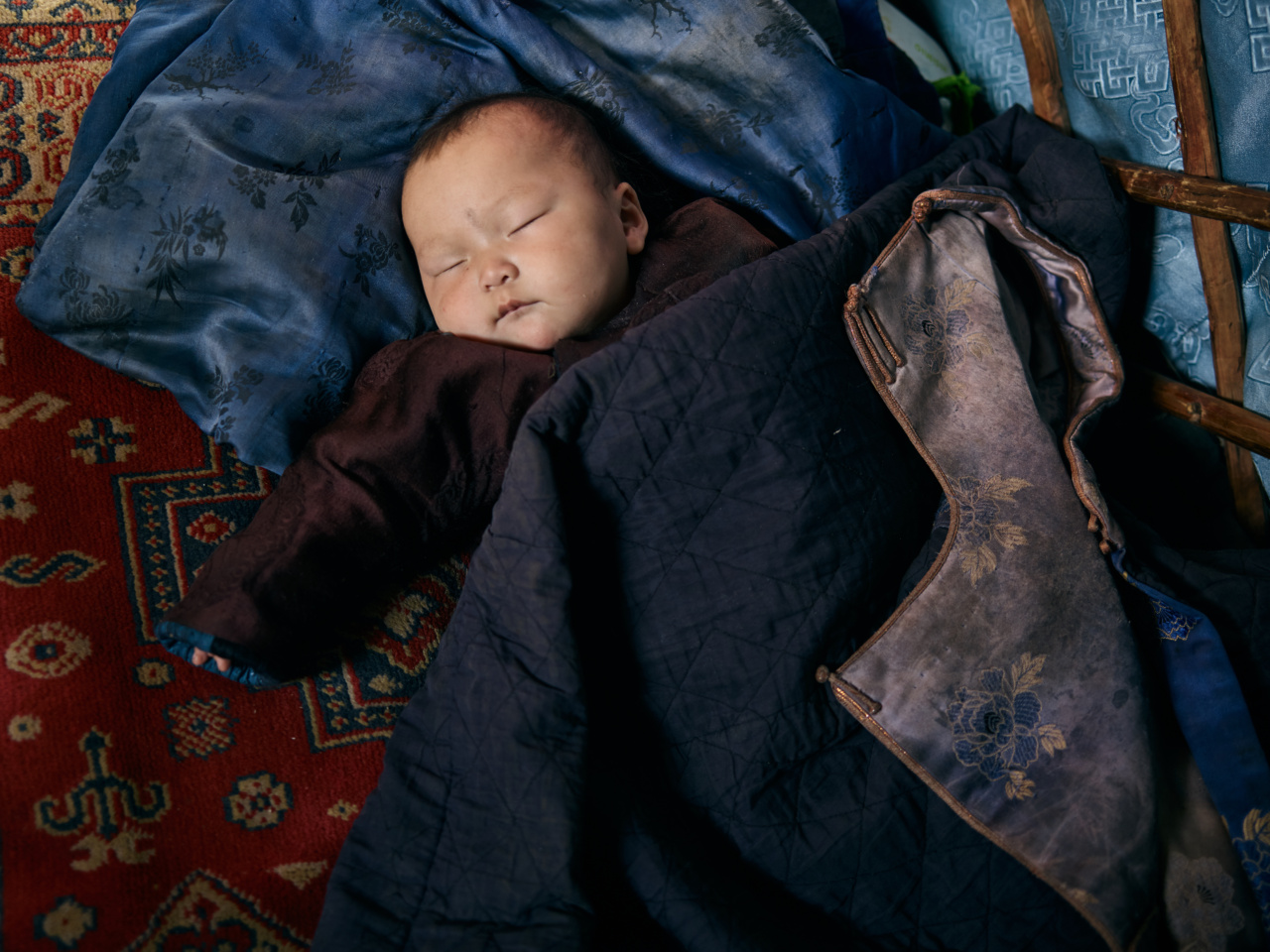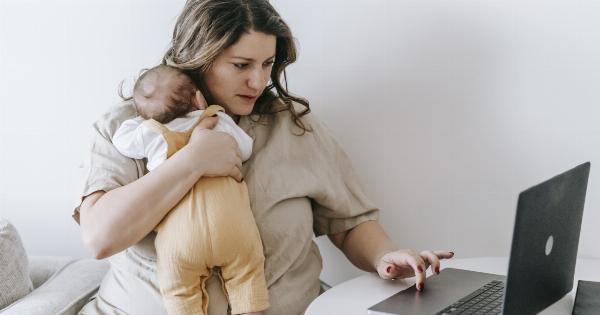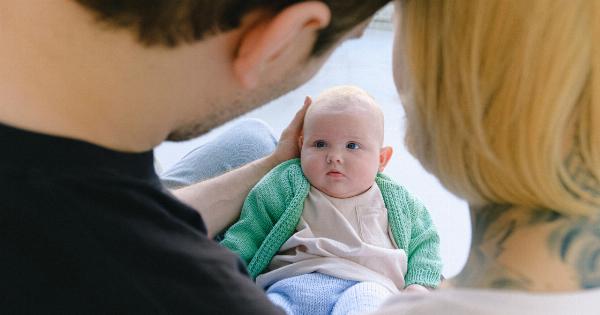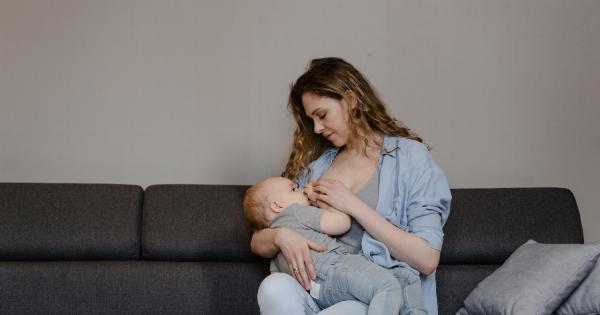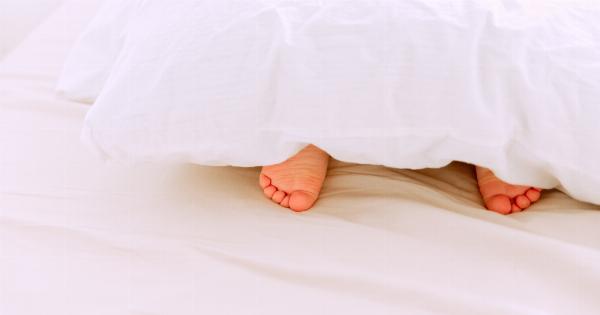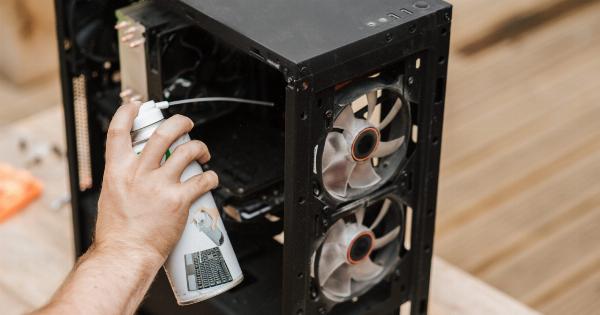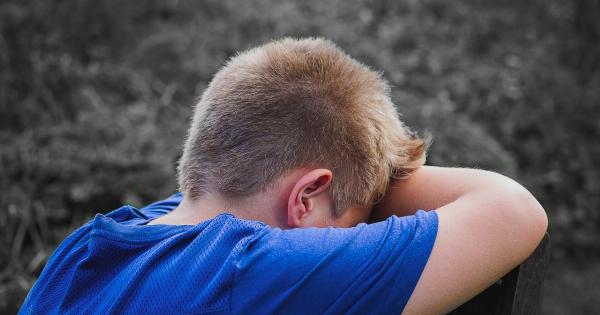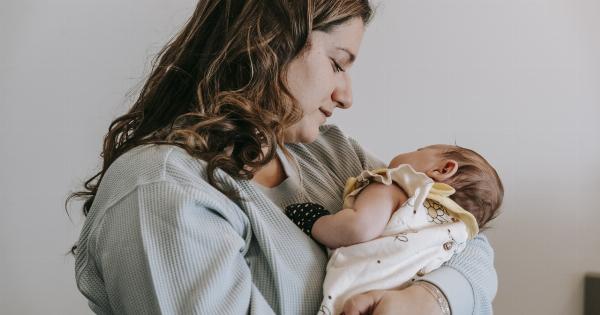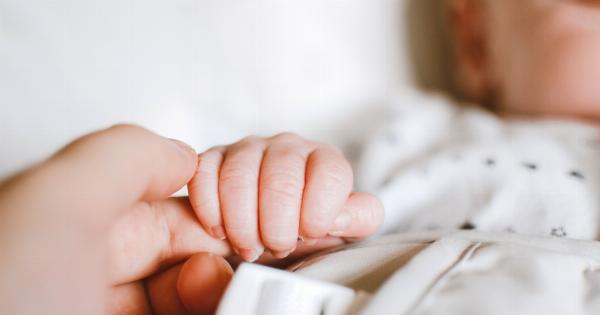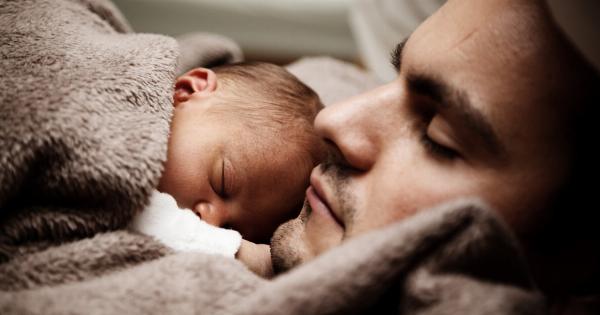Welcome to our guide on essential tips for infant sleep safety. As a parent, it is crucial to create a safe sleeping environment for your little one.
By following these recommendations, you can reduce the risk of accidents or harm to your baby during sleep. Read on to learn how to ensure a safe and peaceful sleep for your infant.
1. Choose a Safe Sleeping Space
The first step in creating a safe sleeping environment for your baby is selecting an appropriate sleep space. It is recommended to use a crib, bassinet, or play yard that meets safety standards.
Ensure that the sleeping space has a firm mattress and a fitted sheet. Remove all pillows, blankets, stuffed toys, and other loose items from the sleep area to reduce suffocation hazards.
2. Practice Back Sleeping
To minimize the risk of Sudden Infant Death Syndrome (SIDS), always place your baby on their back to sleep. This sleeping position is the safest for infants, as it helps reduce the likelihood of obstructed breathing.
Side sleeping or tummy sleeping should be avoided unless specifically recommended by a healthcare professional.
3. Keep the Sleep Area Smoke-Free
Exposure to secondhand smoke increases the risk of SIDS and other respiratory issues in infants. It is essential to keep your baby’s sleep area smoke-free both indoors and outdoors.
Ensure that no one smokes near your baby, even if the smoke is coming from another room or if you are outside.
4. Maintain a Comfortable Sleep Temperature
Overheating can be dangerous for infants and is associated with an increased risk of SIDS. Keep the room at a comfortable temperature, ideally between 68-72°F (20-22°C). Dress your baby in light and breathable sleepwear to prevent overheating.
Avoid using loose blankets; instead, consider using a sleep sack or wearable blanket for added warmth if necessary.
5. Create a Soothing Bedtime Routine
Establishing a consistent bedtime routine helps signal to your baby that it is time to sleep. A soothing routine can include activities such as gentle bathing, reading a book, or singing lullabies.
By following a predictable routine every night, your baby will associate these activities with sleep and feel more relaxed and prepared for bedtime.
6. Avoid Co-Sleeping
While it may be tempting to bring your baby into your bed for convenience, co-sleeping can increase the risk of accidental suffocation or strangulation. It is safer for your baby to sleep in their own crib or bassinet.
If you want to keep your baby close, consider using a bedside sleeper that attaches securely to your bed, providing a separate sleep surface for your infant.
7. Be Mindful of Crib Safety
Ensure the safety of your baby’s crib by following these guidelines:.
- Regularly check that all crib hardware is secure and not loose or broken.
- Opt for a crib with slats that are no more than 2 3/8 inches (about 6 centimeters) apart to prevent your baby’s head from getting stuck.
- Remove any mobiles or toys attached to the crib once your baby begins to push up on their hands and knees or can pull themselves up.
- Ensure crib bumpers, if used, are firm, thin, and securely attached to avoid suffocation hazards.
8. Consider Safe Co-Sleeping Alternatives
If you choose to room-share with your baby but not co-sleep, consider using a bassinet, play yard, or a crib next to your bed.
This arrangement allows for close proximity, making nighttime feedings and comforting more convenient, while still providing a separate and safe sleep space for your little one.
9. Use a Pacifier at Naptime and Bedtime
Pacifier use during sleep has been associated with a reduced risk of SIDS. If your baby is breastfeeding, wait until breastfeeding is well-established before introducing a pacifier to prevent any interference with feeding.
You can offer a pacifier after your baby falls asleep, or if they wake up during the night, to help soothe and comfort them back to sleep.
10. Stay Alert and Mindful
Always stay alert and mindful of your baby’s sleep environment. Regularly check for any hazards or changes that may affect their safety, such as loose bedding, tangled cords, or items that pose a suffocation or choking risk.
By remaining vigilant and proactive, you can ensure your baby’s sleep environment is consistently safe.
Conclusion
By following these essential tips for infant sleep safety, you are taking important steps to reduce the risk of accidents and provide a secure sleeping environment for your baby.
Remember to prioritize safe sleeping spaces, practice back sleeping, and maintain a smoke-free environment. Additionally, create a calm bedtime routine, avoid co-sleeping, and be mindful of crib safety. Consider alternative room-sharing options if desired, and encourage pacifier use during sleep.
Stay alert and proactive, regularly assessing the sleep environment for any potential hazards. By incorporating these practices, you can enjoy peace of mind knowing your baby is safely resting during their precious sleep time.
